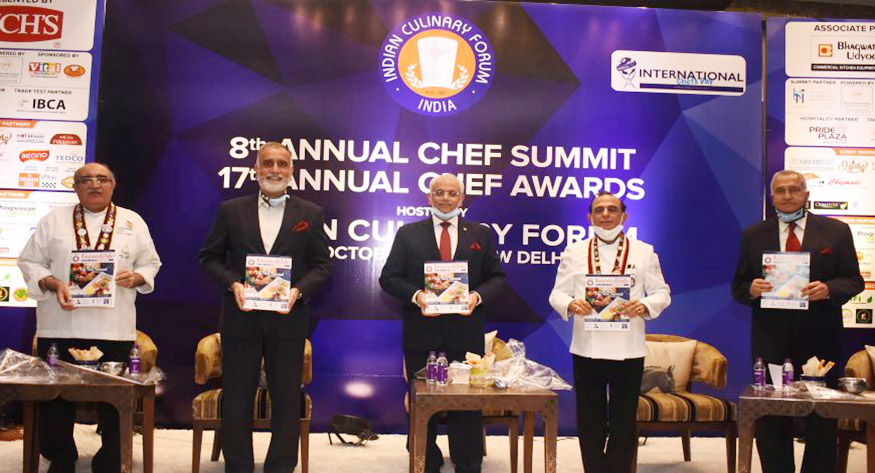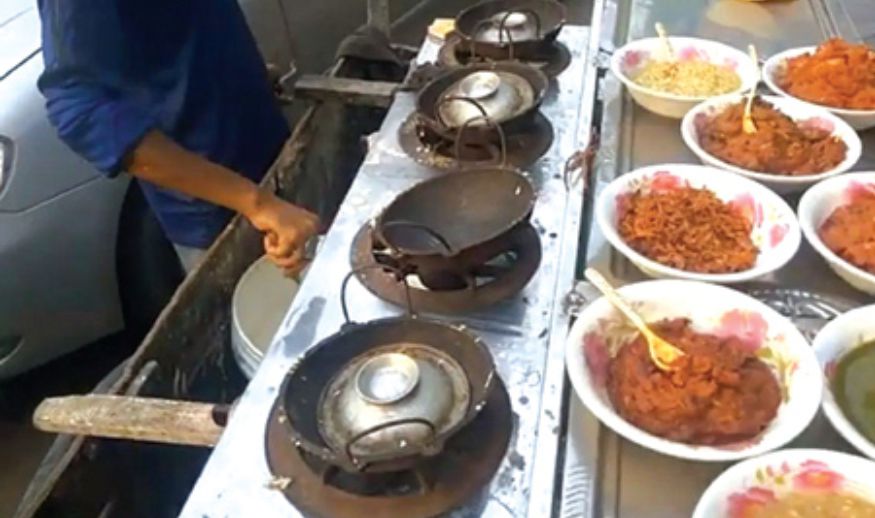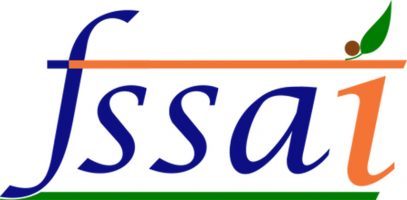Both bakeries and home bakers can apply for Goods and Services Tax (GST), which is a new system of indirect tax levied on the supply of goods and services. It is a multi-stage, destination-based tax that is levied on every instance of value addition.
GST has replaced around 17 of the previously existing State and Central indirect taxes such as central excise duty, additional customs duty, VAT, entertainment tax and service tax. It came into effect from 1 July 2017.
If your bakery’s turnover exceeds Rs 20 lakh (Rs 10 lakh for North Eastern and hill states), you have to get registered under GST. Turnover is calculated on the basis of the combined sales of all your bakery outlets, if you have more than one. Businesses can register for GST and obtain GSTIN
free of cost.
Under the GST Law, tax will be levied at every point of sale. There are multiple change-of-hands a commodity goes through along its supply chain: from purchase of raw material to the final sale to the end consumer.
The stages are as follows:
• Purchase of raw materials
• Manufacture
• Warehousing of finished goods
• Sale of the product to the retailer
• Sale to the end consumer
GST will be levied on each of these stages, which makes it a multi-stage tax. GST is also destination-based. Consider goods manufactured in Rajasthan and are sold to the final consumer in Karnataka. Since GST is levied at the point of consumption, in this case Karnataka, the entire tax revenue will go to Karnataka.
There are three different components of GST: Central GST, State GST and Inter-state GST.
• CGST: Collected by the Central Government on an intrastate sale (Eg: Within Karnataka)
• SGST: Collected by the State Government on an intra-state sale (Eg: Within Karnataka)
• IGST: Collected by the Central Government for inter-state sale (Eg: Karnataka to Tamil Nadu)
Before GST, tax on tax was calculated and tax was paid by every purchaser including the final consumer. The taxation on tax is called the Cascading Effect of Taxes.
GST eliminates this cascading effect as tax is calculated only on the value added at each transfer of ownership.
How to Apply
Every person, other than a non-resident taxable person, must provide his Permanent Account Number (PAN), mobile number and e-mail address in Part A of FORM GST REG- 01.
The PAN shall be validated online via the Common Portal from the database maintained by the Central Board of Direct Taxes.
The mobile number is verified through a one-time password sent to the said mobile number. The e-mail address is verified through a separate one-time password sent to the said e-mail address.
On successful verification of the PAN, mobile number and e-mail address, an application reference number (ARN) are generated and sent to the mobile number and e-mail address provided.
Using the application reference number or ARN generated Part B of FORM GST REG-01 has to be submitted. It must be signed and documents specified in the Form must be submitted at the Common Portal either directly or through a Facilitation Centre, notified by the Board.
What Happens in Late Filing
A return is a document containing details of income which a taxpayer is required to file with the tax administrative authorities. This is used by tax authorities to calculate tax liability.
Return filing is mandatory under GST. If you are registered under GST, even if there is no transaction you must file a Nil return. The due dates of various types of GST returns are available on the government’s website.
You cannot file a return if you haven’t filed the previous month/quarter’s return. Hence, late filing of GST return will have a cascading effect leading to heavy fines and penalty. Delay in filing returns will affect your compliance rating and timely refunds.
Interest for late filing is 18 per cent per annum. It has to be calculated by the tax payer on the amount of outstanding tax to be paid. Time period will be from the next day of filing to the date of payment. Late fee is Rs 100 per day per Act. So it is 100 under CGST and 100 under SGST. Total will be Rs 200 per day. Maximum is Rs 5,000. There is no late fee on IGST.
Are you an offender?
When has anyone committed an offence under GST ? There are 21 offences under GST . For easy understanding, we have grouped them as:
Fake/wrong invoices
• A taxable person supplies any goods/services without any invoice or issues a false invoice.
• He issues any invoice or bill without supply of goods/services in violation of the provisions of GST
• He issues invoices using the identification number of another bonafide taxable person
Fraud
• He submits false information while registering under GST
• He submits fake financial records/documents or files fake returns to evade tax
• Does not provide information/gives false information during proceedings
Tax evasion
• He collects any GST but does not submit it to the government within 3 months
• Even if he collects any GST in contravention of provisions, he still has to deposit it to the government within 3 months. Failure to do so will be an offence under GST .
• He obtains refund of any CGST/SGST by fraud.
• He takes and/or utilizes input tax credit without actual receipt of goods and/or services
• He deliberately suppresses his sales to evade tax Supply/transport of goods
• He transports goods without proper documents
• Supplies/transports goods which he knows will be confiscated
• Destroys/tampers goods which have been seized
Others
• He has not registered under GST although he is required to by law
• He does not deduct TDS or deducts lesser amount where applicable.
• He does not collect TCS or collects lesser amount where applicable.
• Being an Input Service Distributor, he takes or distributes input tax credit in violation of the rules
• He obstructs the proper officer during his duty (for example, he hinders the officer during the audit by tax authorities)
• He does not maintain all the books that he required to maintain by law
• He destroys any evidence
• He has opted for composition scheme even though he is not eligible.
(Written with inputs from ClearTax, a technology company which specialises in GST software.)












